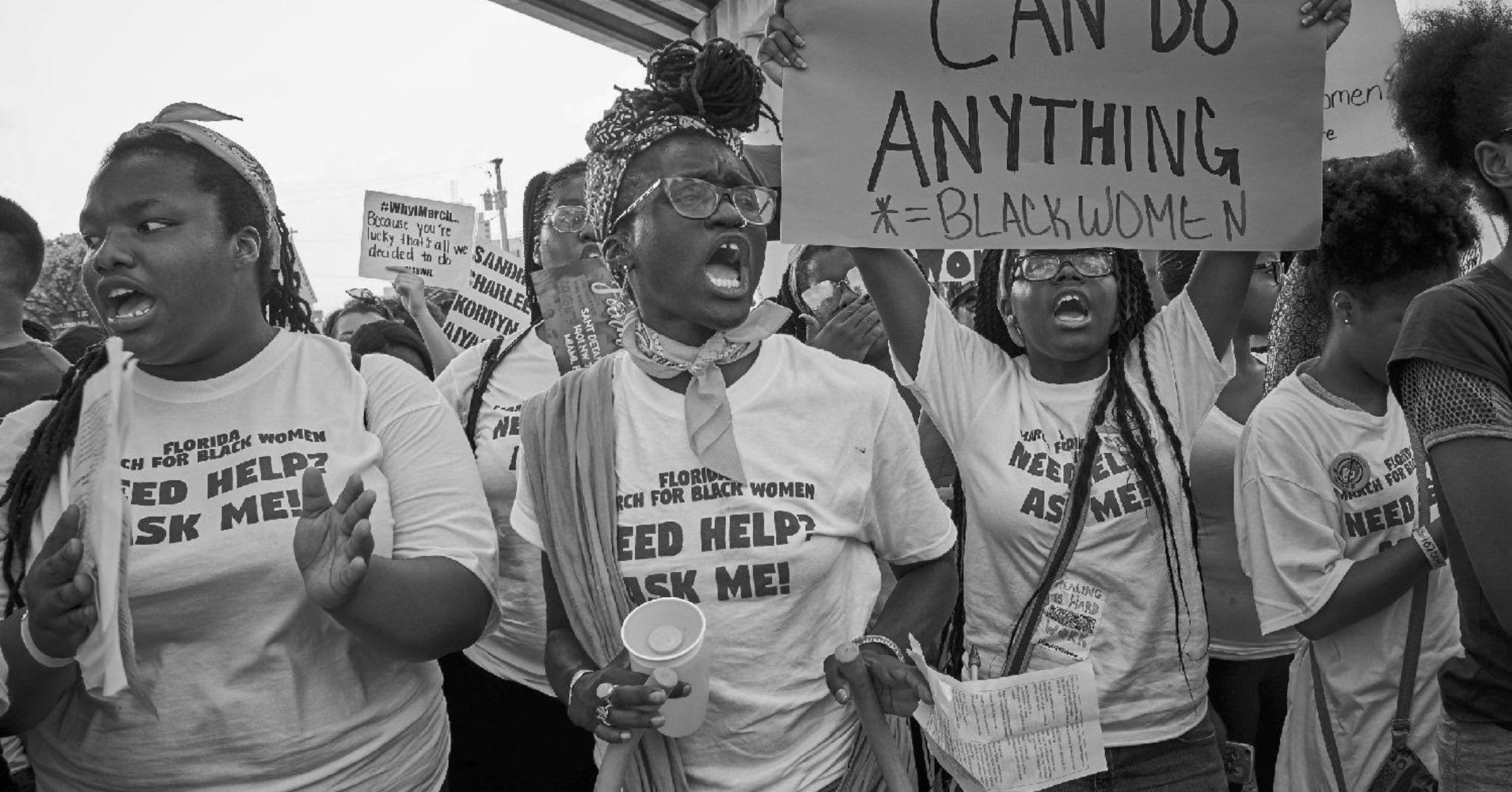[ad_1]

Victoria Byfield knows exactly what it’s like to show up to school and get treated as a suspect instead of a student. Now a student at Miami Dade College, she recalls walking to high school in the morning and seeing students getting questioned outside about their recent whereabouts. It felt like she was witnessing an interrogation.
In school, the situation felt similarly precarious.
“Even the slightest attitude coming from girls of color. The slightest attitude … if they see it they’ll threaten to arrest you,” said Byfield, who has been working on these issues for years as a member of the nonprofit activist group S.O.U.L Sisters Leadership Collective.
Byfield will be unable to attend The March For Our Lives this Saturday, but members of her group will be one of many around the country expected to march on Saturday for school safety and gun control. A group based in Florida, they will also be marching against some of the very school safety measures the state’s legislature recently passed. The Florida bill increases funding for school police, and “school hardening” measures, like metal detectors. But students like Byfield ― namely, students of color ― have been living with these measures for years, and say that they help push students out of school and into the criminal justice system.
Public discussion around increasing police presence in schools has been recently centered on cops’ ability to deter school shootings. For Byfield though, having cops in schools has only made her feel less safe. It made school feel like a prison, instead of a safe haven. And while she’s optimistic and excited about the public activism that has been spurred by the shooting in Parkland, she’s worried that the unintended consequences of these policies will fall hardest on students of color.
“I feel like they will do all these different laws, arming teachers with guns and putting more police officers in schools. It won’t fully impact the upper class schools that are in the predominantly white neighborhoods like it would impact those schools in lower-income neighborhoods. We will have to deal with it,” said Byfield.
Around the country, students of color are disproportionately disciplined in school compared to their white counterparts. They are more likely to get arrested at school. Now, the Trump administration is considering cutting some of the guidelines designed to protect these students from overly harsh punishment. Obama-era guidance called on schools to be vigilant in reducing discipline disparities, and explore alternatives to expulsions and suspensions. This guidance has been on the chopping block for months, but its rescission has gained new momentum as the Trump administration pushes harsher school punishments as a potential school safety solution.
Up the coast, in Philadelphia, high school senior Kaila Caffey and high school junior Camryn Cobia will be marching this weekend, as members of the youth-led Philadelphia Student Union. Their group has released a list of school safety demands, which includes a divestment in school police officers and protections for students from ICE arrests around schools.
Caffey and Cobia both attend the same diverse magnet school in the city. Caffey hasn’t had negative experiences with cops in her school, and Cobia says she’s only experienced nonviolent instances of implicit bias. But they’ve spent years helping to advocate for the students who haven’t been so lucky. Caffey specifically mentions an incident in which an 8-year-old student was allegedly assaulted by a school police officer in December.
Through the Philadelphia Student Union’s activism, Philadelphia schools now have an official system where students and families can submit complaints about school police officers.
For students like Caffey, Corbia and Byfield, this weekend is a moment to come together, join forces with other activists and make their voices heard. But it’s also an opportunity to teach others about what they already know about the consequences of highly securitized schools.
“In the school, [cops] treat students like its an actual prison. Like they’re not youth,” said Byfield. “Especially with schools with youth of color.”
[ad_2]
Source link

